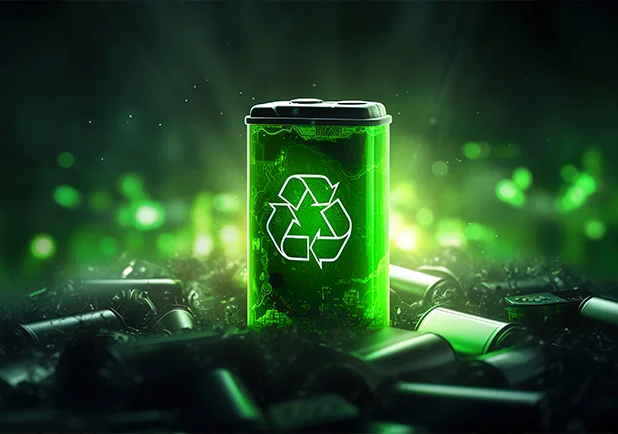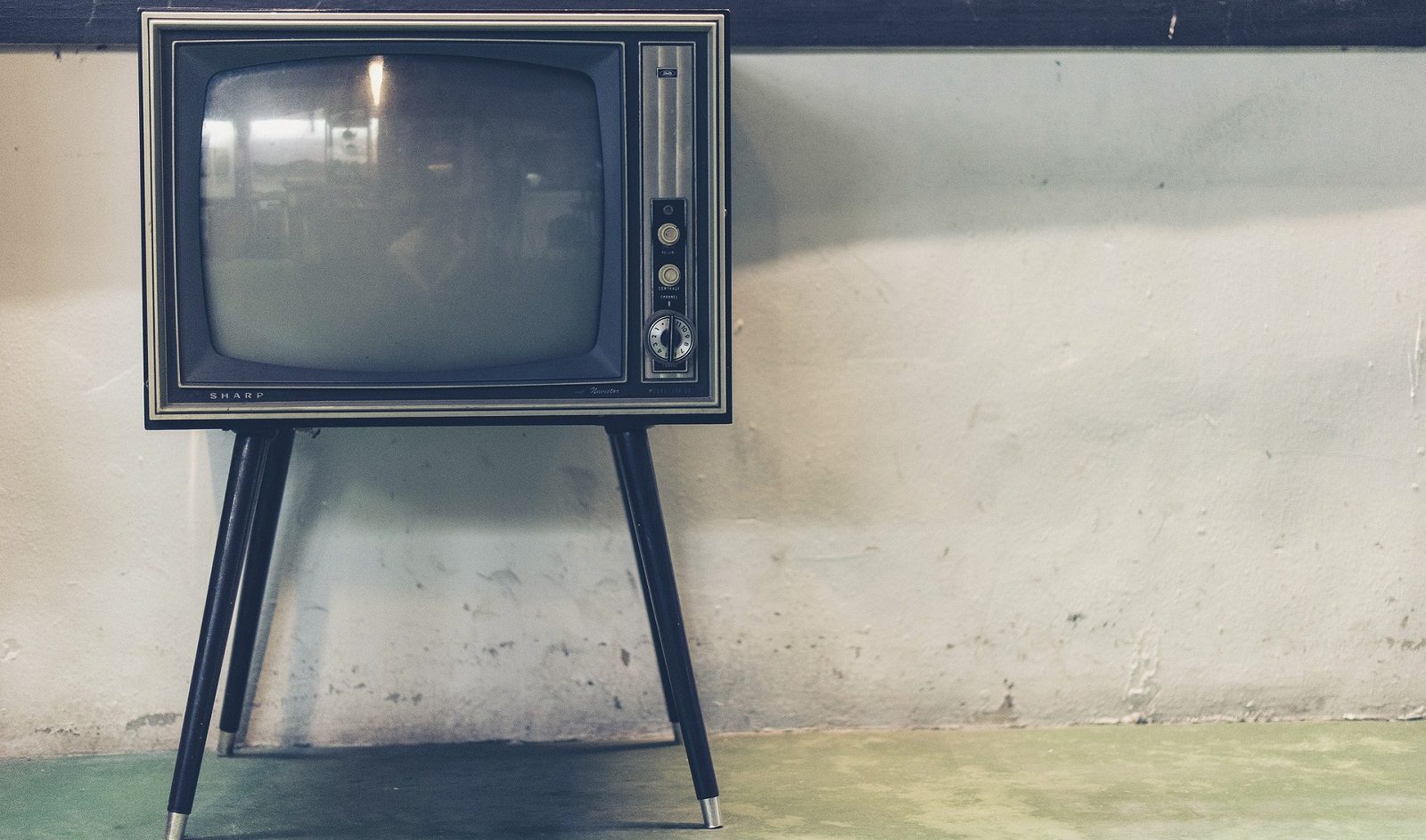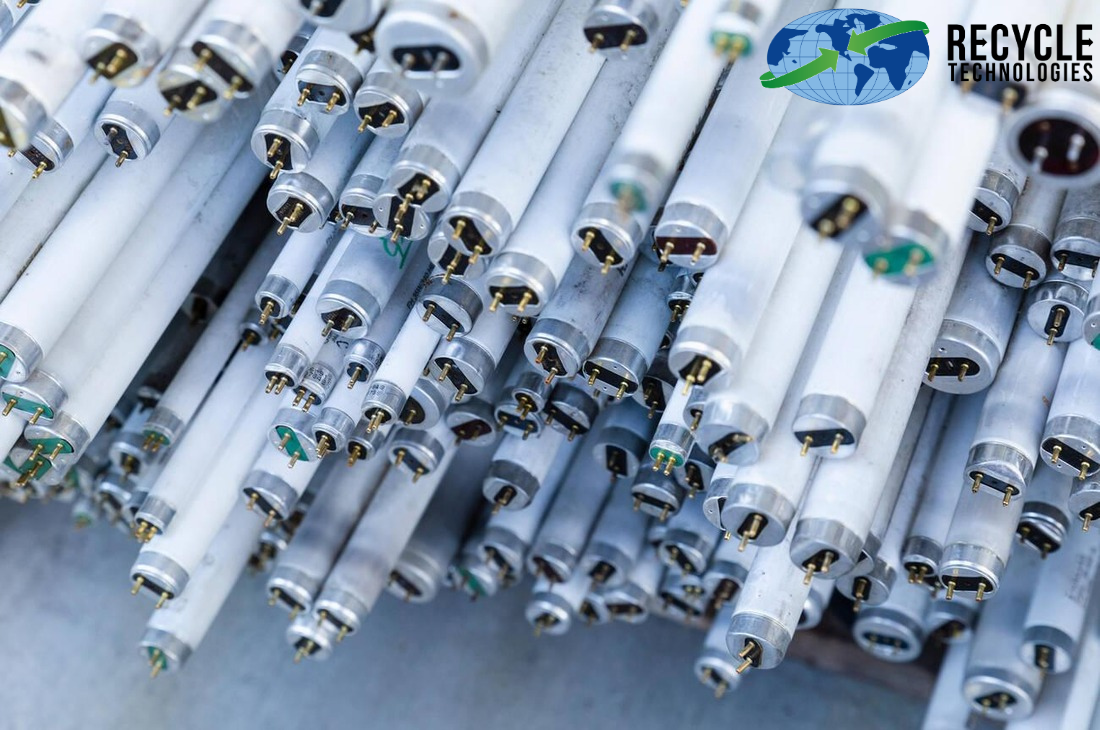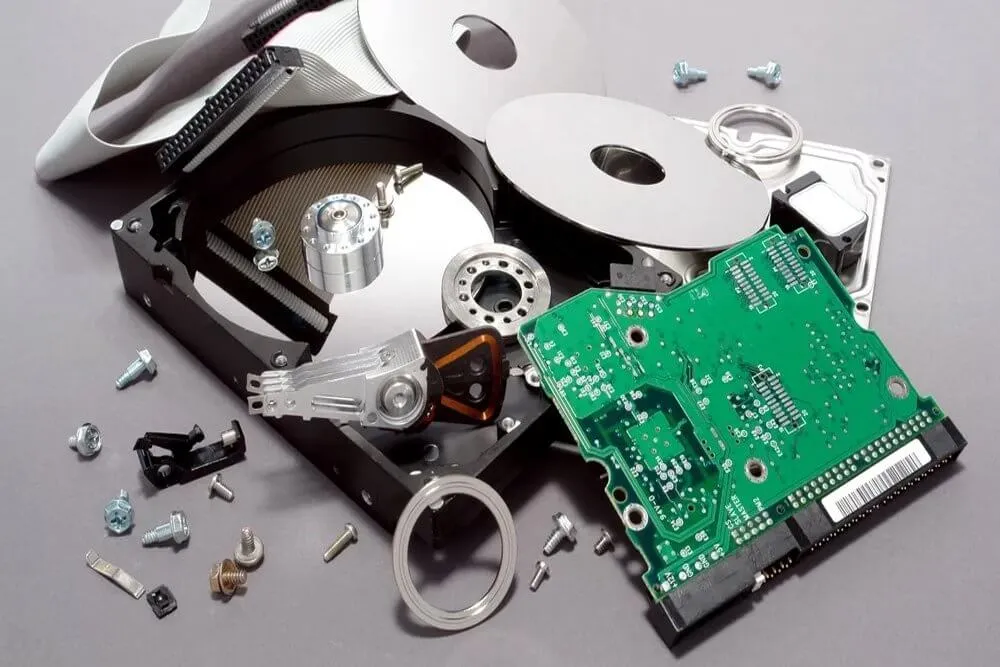[et_pb_section admin_label="section"] [et_pb_row admin_label="row"] [et_pb_column type="4_4"][et_pb_text admin_label="Text"]
There are countless items we use every day that can and should be recycled. Paper and plastic come to mind. As do milk cartons, pop cans and even grass clippings when we compost them. But let’s look at five items we use every day that may be a little harder to recycle. These five every day Items need to be recycled. Let’s take a look at the what and why for each of them.
Computer Accessories
What: Computer accessories, like mice and keyboards, are used every day in our homes and offices. Companies and businesses often have dozens of each of them on site. Ethernet cables, charging cords and external hard drives are also computer accessories that should be recycled.
Why: Mice, keyboards and items like them contain materials like wiring that can be stripped and recycled. That metal can be put back into reuse to make other items. They also have circuit boards that should be recycled for two reasons. First, because, like other accessories, they can be shredded and sorted and the metals found in them can be reused. But also because those circuit boards may contain dangerous chemicals and materials that need to be properly disposed of rather than thrown in a landfill.
Lightbulbs
What: Fluorescent, LED, incandescent and CFL bulbs should all be recycled. You might find fluorescent tube lamps in your garage or basement. LED lights are very common in new light fixtures (like ceiling fans with integrated lighting) or strip lights under counters and cabinets. Incandescent bulbs are slowly fading away, but they are still sold in stores and used in lamps and overhead lights. CFL bulbs are replacing incandescent bulbs as they have a longer life and use less energy.
Why: Fluorescent tube lamps and CFL bulbs contain mercury powder. Mercury powder is harmful to the environment and can contaminate soil and water. If animals or people ingest contaminated water they can become very sick. And contaminated soil makes land useless for plant growth. LED lights contain a circuit board in their base. Similar to keyboards and mice those circuit boards should be shredded for reuse and sorted to remove any hazardous materials. Incandescent bulbs have aluminum bases and wiring inside that can be recycled and reused. The glass from all of these bulbs can also be recycled and put to reuse.
AA and AAA Batteries
What: AA and AAA batteries are the most common type of battery we use to power our TV remotes, children’s toys and other battery operated household items. Smoke detectors and other monitoring devices pull energy from those batteries continuously so they need to be replaced often. AA and AAA batteries can quickly accumulate if consumers make a choice to save for recycling rather than throwing them away.
Why: AA and AAA batteries can be made from a number of different metals and chemicals. Lithium, alkaline and other types all look the same to the untrained eye. But they require different methods for sorting, storage, packing, shipping and recycling. If batteries are dumped in a landfill, over time the outer protective coating can corrode and the chemicals inside leak out. Those chemicals are caught up in rain and runoff and can contaminate soil and water outside the landfill. Additionally, batteries in landfills can easily start fires which are difficult to contain and release toxins into the air.
Cellphones
What: Smartphones and flip phones are used by people of all ages for many different reasons. No longer are phones only used to make calls. We now text, check email, get directions and look up information on them. We use them as cameras, calculators, and calendars.
Why: Both smartphones and flip phones contain circuit boards and require batteries to function. In addition to recycling the circuit boards for metal reuse and to contain hazardous materials, there is plastic and wiring that should also be recycled. The batteries found in cellphones require special handling and processing from collection to shredding in order to ensure safety.
Televisions
What: Televisions are found in homes around the world. Many homes have more than one. They come in a variety of sizes depending on where they are located and how they will be used. Televisions have improved in quality and become much lighter over the years. They’ve also become more affordable. Because of this they are often replaced frequently.
Why: Each type of television, from LCD to plasma to CRT, has its own set of requirements for recycling. CRT televisions contain lead and must be handled properly in order to meet federal and international regulations. CRT televisions also have metals inside that can be recycled and put to reuse. LCD and plasma TVs need to have their screens removed and recycled properly. They also contain circuit boards which we know can be shredded for reuse. They also need to have haz materials separated from non haz materials.
So, there you have it. Five every day Items to recycle. Next time you consider replacing your cell phone or unscrew a burnt out lightbulb to replace it with a more energy efficient type, remember: that item in your hand, the item you hardly even think about, can and should be recycled. Not only because it contains materials that can be reused but also because it may contain hazardous or toxic materials that can harm our soil, water and air if not properly handled.
[/et_pb_text][/et_pb_column] [/et_pb_row] [/et_pb_section]









